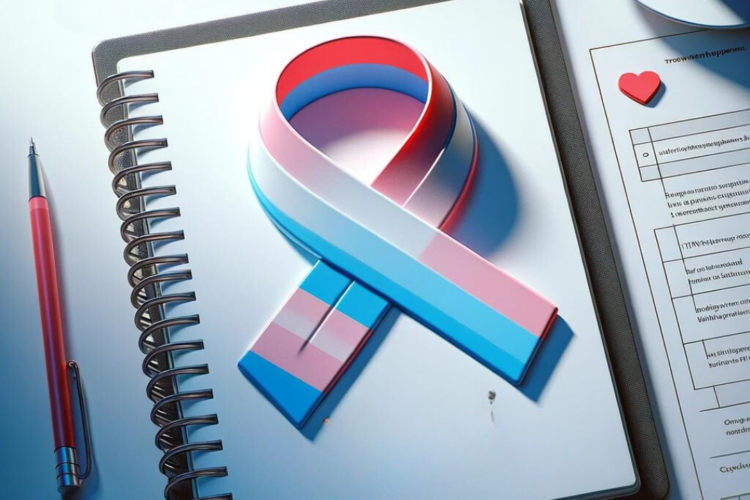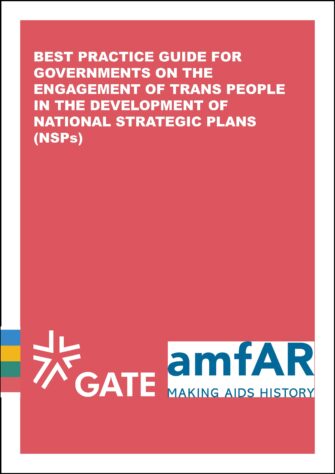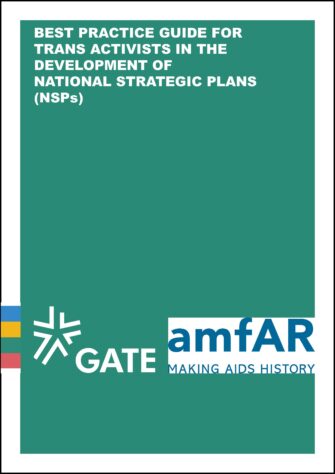In every country with available data, trans populations are among the most at-risk groups for HIV. In all regions, trans populations experience high levels of structural and societal stigma, discrimination and violence that hinder the availability and access to health services, including those related to HIV (UNAIDS, 2021). Despite this, trans populations are frequently not included in national data-collection efforts or are not recognized by national governments as priority populations in their HIV responses. As a result, meaningful inclusion of trans people in National Strategic Plans (NSPs) is rare and this exclusion continues to contribute to poor HIV-related health outcomes within this population and leads to comparatively low levels of trans-specific funding and programming.
These guides aim to bridge the exclusion gap of trans individuals in the development of national HIV strategic plans. They strive to create best practice guidelines that offer clear steps and suitable language to promote and enhance meaningful engagement and participation of trans communities in NSP development.
For a brief overview of the guidelines, you can watch the video below:







